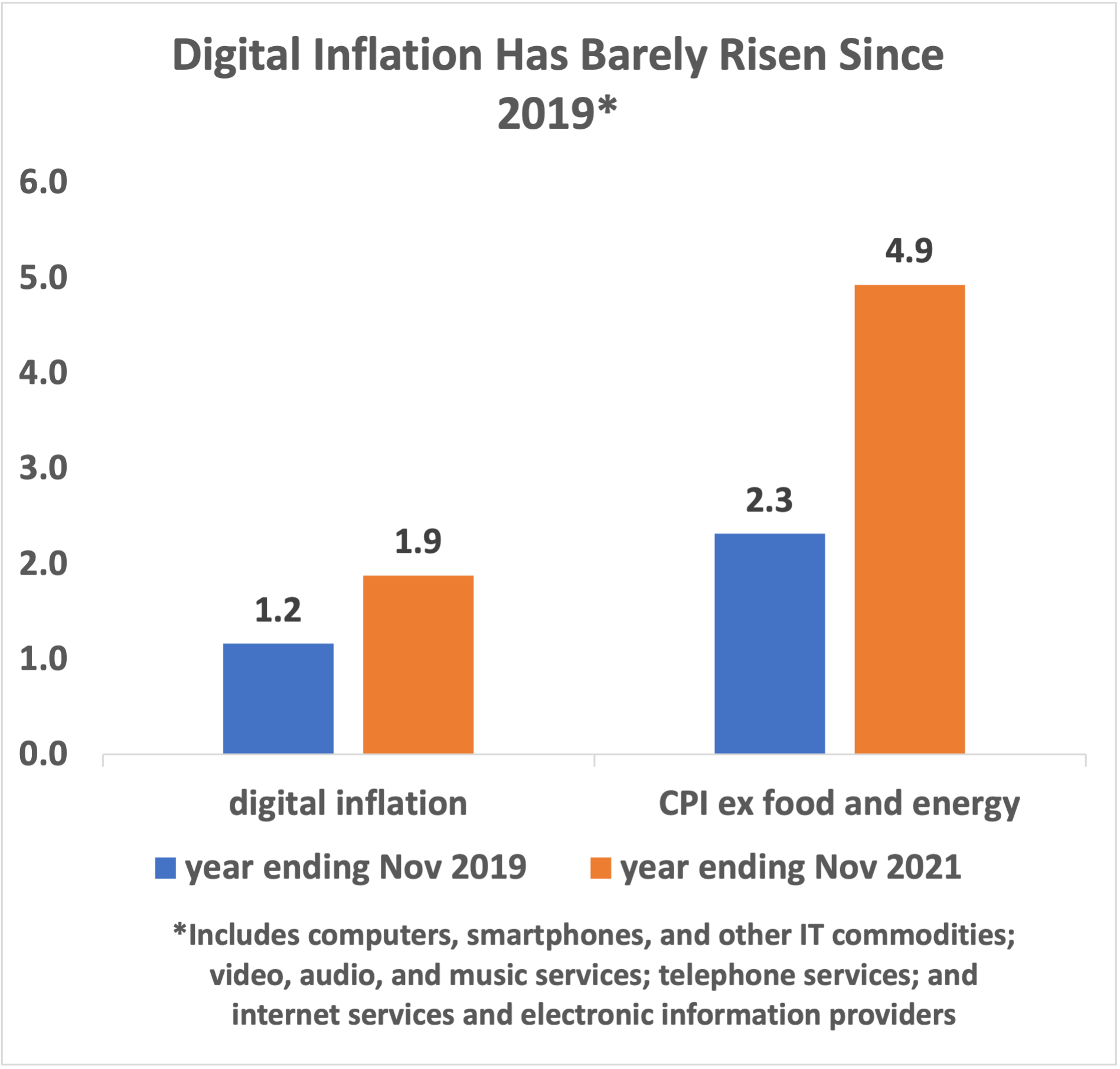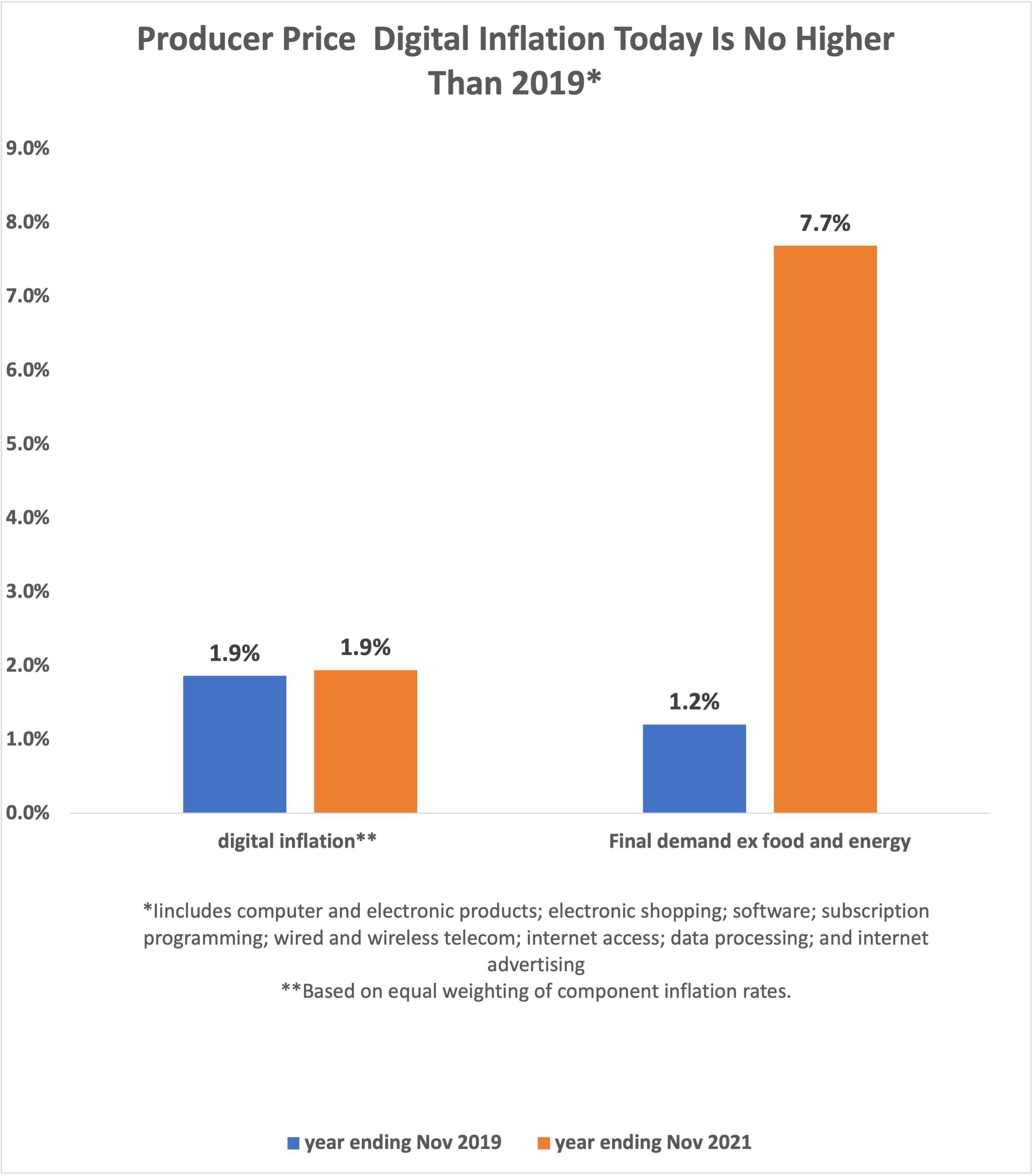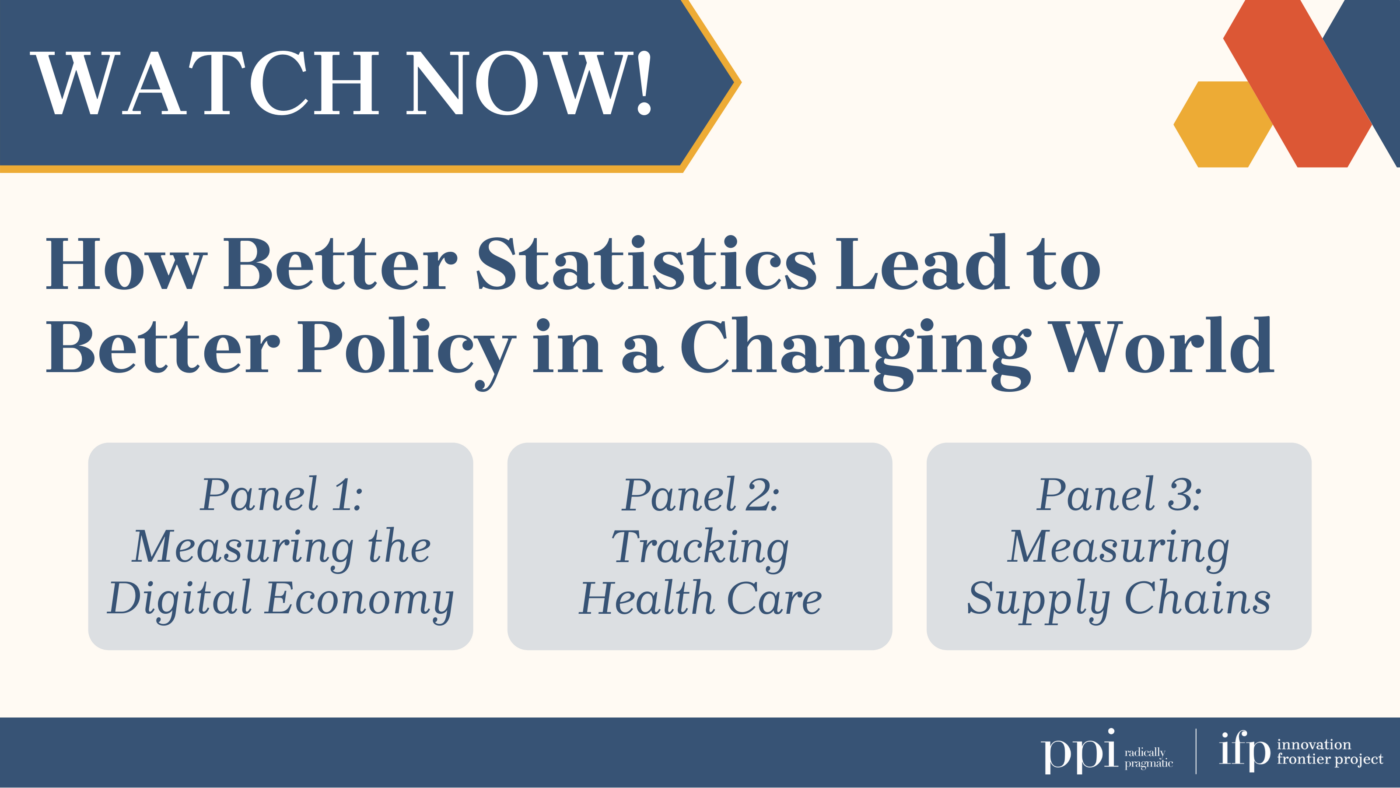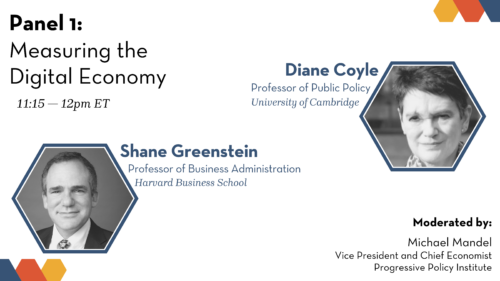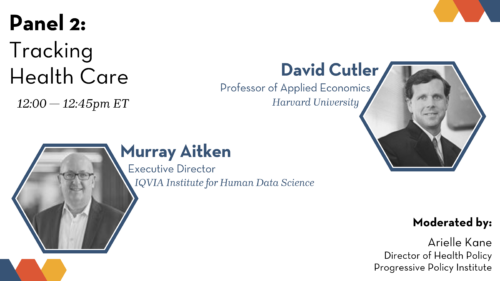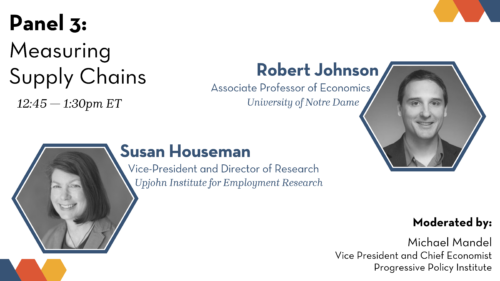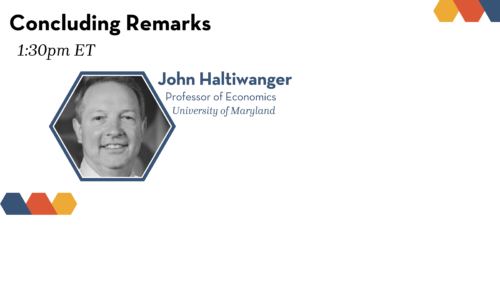The death of the American middle class has been a potent theme in political discourse and on the pages of mainstream publications for decades. Good jobs for “middle-skill” workers were pulled down by the implosion of manufacturing employment, on the one hand, and the growth of the poorly paid and perpetually-squeezed health care sector, on the other. The classic “steelworker to nurse or health technician” story ends up requiring much more education for the roughly the same pay. Steel production workers earn an average of $23 per hour, according to BLS figures, while licensed practical and vocational nurses, which require at least a year of extra education, earn an average of $24 per hour.
But for those pundits searching for the new middle class, there is good news. The tech-ecommerce boom has become the biggest source of “good jobs” both nationally and in most states. Since September 2017 to September 2021, the tech-ecommerce ecosystem — composed of thousands of small and large firms in addition to the big tech companies — created 1.4 million jobs in the United States. That’s three times as many as health care, the previous champ of job creation, which added 500,000 jobs over that same stretch. The rest of the economy lost 900,000 jobs.
This stunning job growth, surprisingly underappreciated and even mocked by many progressives, is building a new middle class across the United States. The key is that tech and e-commerce companies pay “middle-skill” Americans a better wage than they can get at other employers, including hospitals and senior citizen facilities. Our analysis of government data shows that workers with some college, including an associate’s degree, earn 32% more in tech-ecommerce than in the economy as a whole. Average pay in tech-ecommerce — including all positions from coders to fulfillment center workers — varies from state to state, but it is higher than average pay in manufacturing in 42 states, and higher than average pay in health care in every state.
This central role of tech-ecommerce in generating well-paid middle-skill jobs is new. During the 1990s tech boom, which I wrote about extensively as economics editor and then chief economist at BusinessWeek, the great majority of new tech jobs required a college education. Software developer jobs in Silicon Valley were not a viable replacement for the manufacturing middle class.
But today, tech-ecommerce firms are creating a broader array of jobs. As of 2019, tech-ecommerce companies employed 1.8 million American workers with some college, in occupations like computer support specialists and network and computer system administrators. (That figure is based on our tabulations of the March 2020 Annual Social and Economic Supplement to the Current Population Survey, covering 2019 earnings and employment). The higher pay and job creation is being fueled by huge productivity gains in the tech-ecommerce sector, which are being passed onto workers, just as economic theory would predict.
Here’s where the growth of the new tech-ecommerce middle class intersects with policy. Although I have always been an avid supporter of tech-driven growth, tech has never been the unalloyed panacea that many in the industry claimed. In 2000 I wrote a book entitled “The Coming Internet Depression,” that emphasized the volatility of tech jobs. More recently, it’s become clear that the tech-ecommerce ecosystem would benefit from more regulation.
But not all forms of regulation are created equal. The most radical of the antitrust bills now being considered by Congress, including the new legislation sponsored by Senator Amy Klobuchar (D-Minn.), titled “The American Innovation and Choice Online Act,” are specifically designed to change the way that big tech companies do business, and to protect less efficient competitors.
Tech critics are engaged in the equivalent of ripping random parts out of a smoothly running car engine, while assuring the passengers — American workers, in this case — that the parts aren’t necessary and that the car still runs just as fast.
Some have accused Big Tech of engaging in labor market “monopsony,” meaning that they control the demand side of job markets. But if tech firms were behaving like labor market monopsonists, they would be holding down hiring and wages. That’s so clearly not happening, it’s laughable. Between 2012 and today, the five big tech firms went from 300,000 to almost 1.9 million workers globally, in perhaps the biggest surge of “good job” hiring in recorded history. Other tech company employment grew as well. Salesforce went from 8,000 workers to 56,000. Cognizant, an IT consulting firm with a large global footprint, went from 27,000 U.S. workers to 44,000.
In September, Amazon announced plans to hire 125,000 new workers, at an average starting pay of $18 per hour, which translates into $36,000 per year for full-time work, without counting overtime or bonuses. To put that in perspective, two parents starting at an Amazon fulfillment center would earn $72,000 per year together, roughly comparable to the $68,000 median household income reported by the Census Bureau.
What’s happening is that tech-ecommerce is filling the middle-skill job hole in the economy that health care failed to fill. Health care is a low-productivity industry which overworks and underpays its employees, as you might expect given its highly regulated nature. The average pay for tech-ecommerce workers with some college (including an associate’s degree) is roughly $59,000, compared to $41,000 for people with a similar education in the health care and social assistance sector. The average pay for tech-ecommerce workers with a high school diploma is $42,000, compared to $31,000 for people with a similar education in the health care and social assistance sector. To put it by occupation, health technologists and technicians get paid a median hourly wage of $21.93, while computer support specialists get paid a substantially higher wage of $26.69.
What about manufacturing? Let’s consider Eastman Kodak, a “progressive” company featured by Rick Wartzman of the Drucker Institute in his 2017 book on the “good jobs” of the past. Kodak, which employed 145,000 workers globally at its peak paid its workers well above the national average and provided a fleet of benefits. Kodak’s founder, George Eastman, introduced a form of profit sharing — the so-called wage dividend — in 1912. In the 20 years from 1959 to 1979, Kodak’s workforce doubled in size, and real average pay for employees doubled as well.
Kodak’s ability to sustain well-paying jobs for its workers was closely linked to its willingness to invest in new technology. Kodak pursued an active research agenda, patenting new inventions that kept it ahead of rivals and potential entrants. “By the time rivals found ways around the current technology,” wrote one study from the Brookings Institution, “Kodak was on to the next technology.” One surprising example: Kodak was the original company behind Super Glue, which it later licensed.
Despite decades of antitrust actions and consent degrees, Kodak still controlled 80% of the amateur photographic film market in 1979. According to researcher Kamal Munir of Cambridge Judge Business School, “gross margins on film ran close to 70%, and its success was further underpinned by a massive distribution network and one of the strongest brands in the world.”
Would workers have been even better off if Kodak had been broken up for antitrust reasons? One could debate that question endlessly. But one thing is clear: Production workers at Kodak benefited from being part of a large company that excelled at R&D and marketing, and that actually manufactured products in the United States. That helped create good jobs.
Conversely, business strategies that separate out production from R&D and product development have proved to be a disaster for less educated workers, who fare better when they are part of the “mother ship” and entitled to the same benefits and pay structure as their highly educated counterparts.
That’s what makes the progressive attack on tech the ultimate self-destructive act politically and economically. They are undercutting the very middle-income workers that progressives claim to care about.
No one denies that Big Tech merits closer regulatory attention. But we have to remember that progressive historically has two meanings. One strand is the fight against corporate corruption, which is essential to keep capitalism on the rails. The other strand is about economic progress and raising living standards. We have to balance the two.



